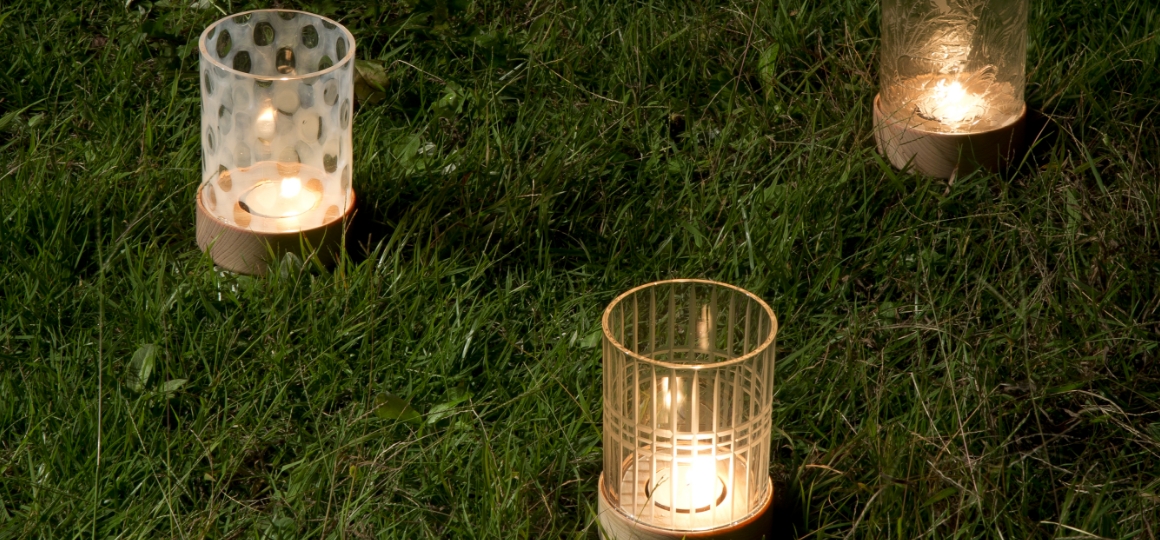The history of Hirota Glass dates backt to 1899, when the founder, Kinta Hirota, began selling glass tableware in Tokyo. Throughout the generations, Hirota developed their excellent skills and reputation and began designing special collections celebrating Japanese design. Nowadays, the company is led by the youngest Hirota father-and-son generation and has won many awards for their different collections.


For the last 10 years the company has been run by the fourth generation of the Hirota family, with the support of his father, the third generation. In 2017 they created a learning center called the “Sumida Glass House”, where visitors can learn anything about decorating the glasses, to create awareness and interest in becoming a craftsman. Their main craftsman Mr. Kanzo is a traditional Edo kiriko craftsman, who was certified as a "Sumida Meister" by the Sumida Ward. He explains that they carefully inherit the technique and style of the "Edo culture", and pursue new technologies every day for the future Edo kiriko.
EDO KIRIKO

This highly refined style bloomed during the Edo period and focusses on carving detailed patterns on glass. At that time, glass was an imported luxury item, only sold to high ranking classes as artworks. Therefore, unique, beautiful designs were essential.
The general term "Edo Kiriko" is now used to describe the decoration techniques and traditional patterns on glass, and in 2002 it was recognized as an official traditional Japanese handicraft. It is even presented as gift from Japan to world leaders at various occasions. In 2004 Hirota opened a training facility where people can learn and experience the extensive process of this craft, to create recognition and contribute to its future.
Edo Kiriko patterns are very detailed and require accuracy down to 0.1 millimeter. Today, only around 90 craftsmen still master this skill.
TAISHO ROMAN

the 1980s, Hirota Glass managed to resurrect the opalescent-colored glassmaking technique through trial and error, and used it to produce the most widely popular glass during the Taisho period. The “Taisho Roman Series” uses the "Aburidashi" technique, which involves the shaping of glass in a patterned mold to create opalescent-colored designs on the glass surface; a technique that gained widespread popularity during the Meiji and Taisho periods. “Roman” derives from the words "romance" or "romantic", that depicts dream, passion, and adventure in the Japanese language.
The colors are produced through the exposure of the raw material to a sudden change in temperature during the process of glass heating and cooling at the time of molding. This technique requires a high level of craftsmanship and has become very rare.







